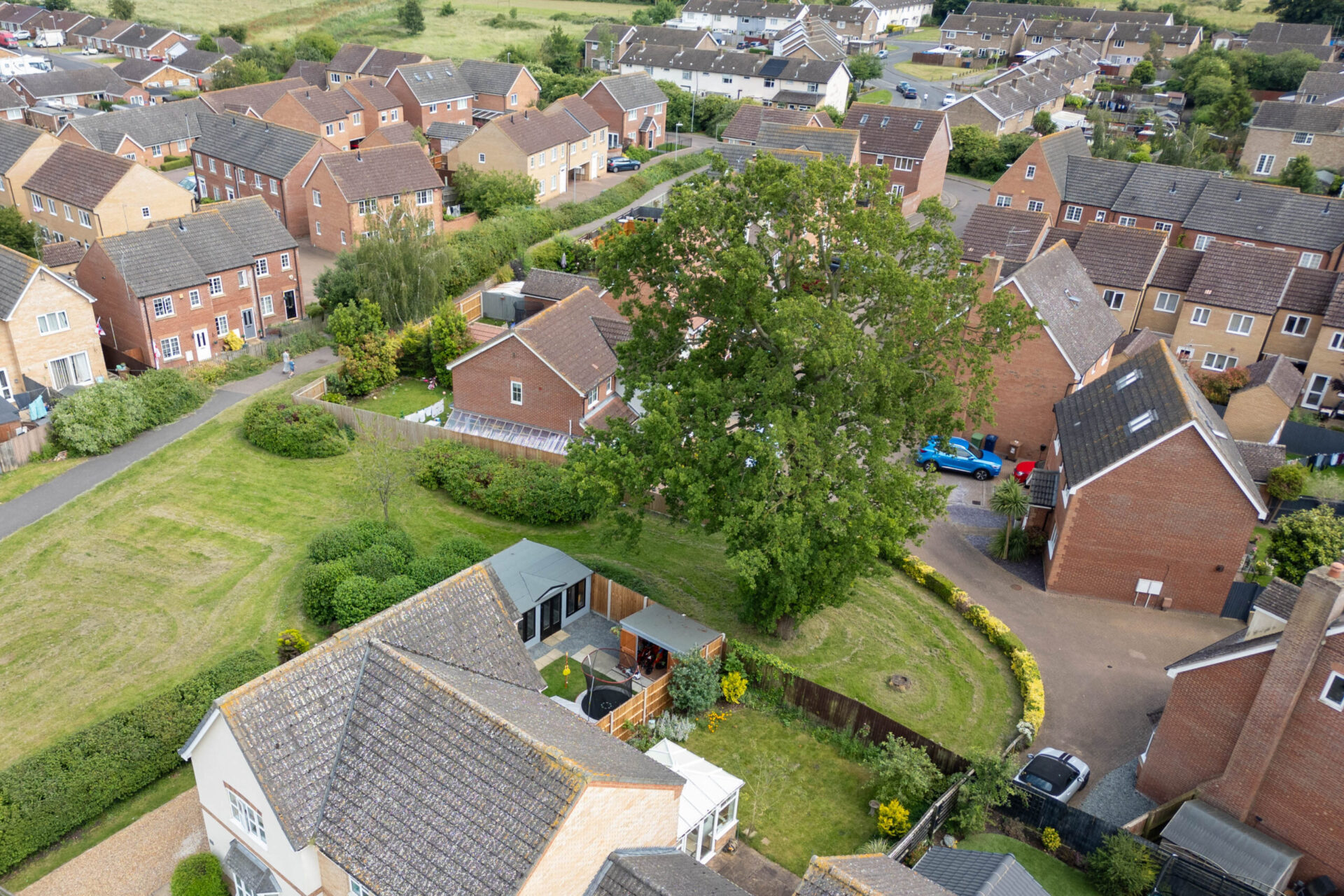Residents are calling for Fenland District Council to refuse its own application to fell a protected 50- to 60-year-old oak tree and not replace it. Fenland District Council claims the oak tree off Bridle Close, Chatteris, needs to go as its roots are “on balance of probability” affecting a nearby house.
“As the removal of the tree is due to structural damage to a nearby property, we do not intend to the replace a tree at this location,” says the council in its justification statement.
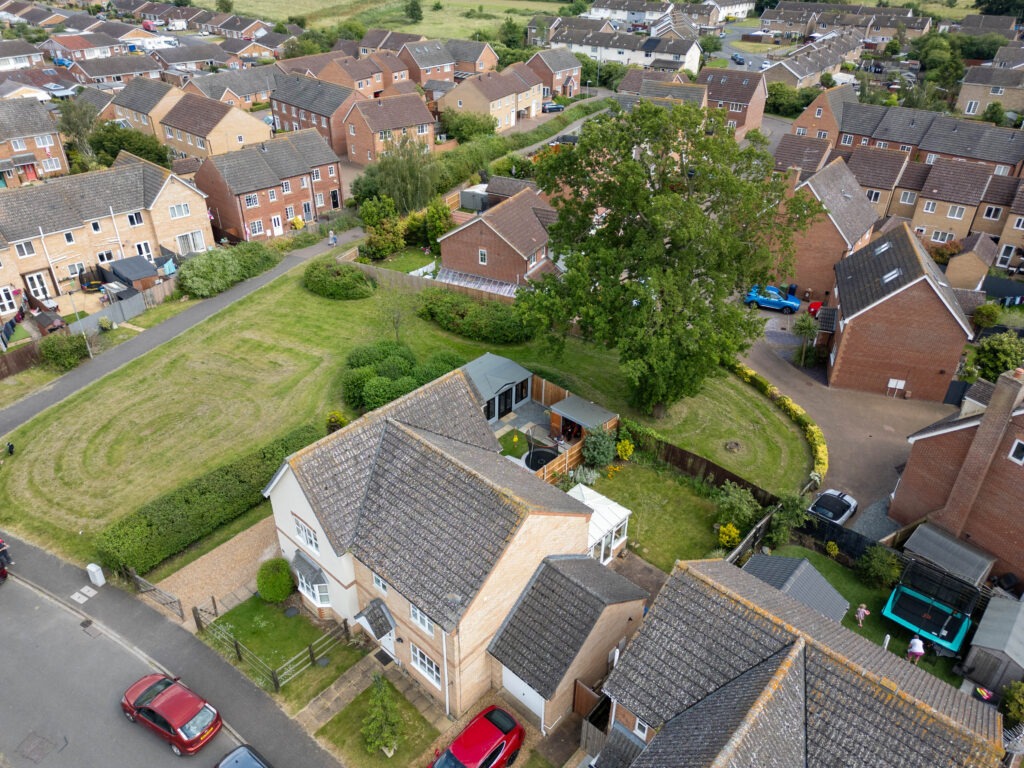
“This year we have had to remove several trees causing damage to properties in Chatteris due to the soil type. We will be looking to replace these trees in areas which are not in close proximity to buildings.
“We are considering suitable locations for later in the year; however, any tree planting is unlikely to include this land at Bridle Close, Chatteris due it being surrounded by domestic properties.”
The tree appears to have been given TPO status in 1967, at least 30 years before the nearby houses were built.
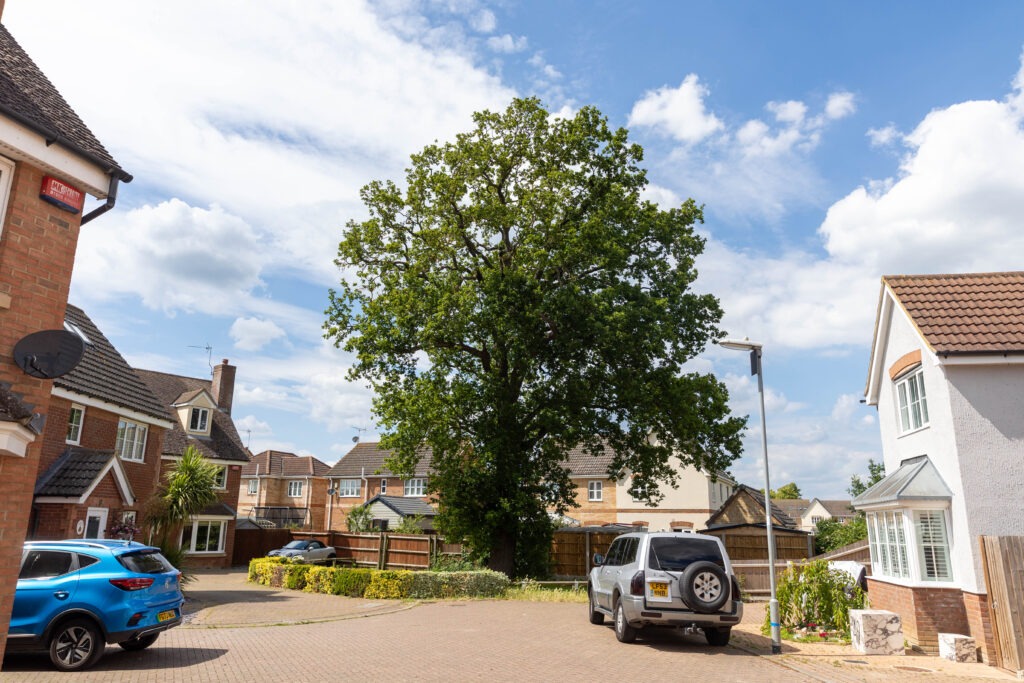
Among a growing number of critics is Chatteris town council which recommended the district council refuse its own bid to fell the oak tree south of 16 Bridle Close.
The town council said there was “no proof that the tree is causing any problems, the tree is a long way from the house which was piled when it was built.
“Felling the tree could cause even more damage. The tree is covered by a TPO for a reason”.
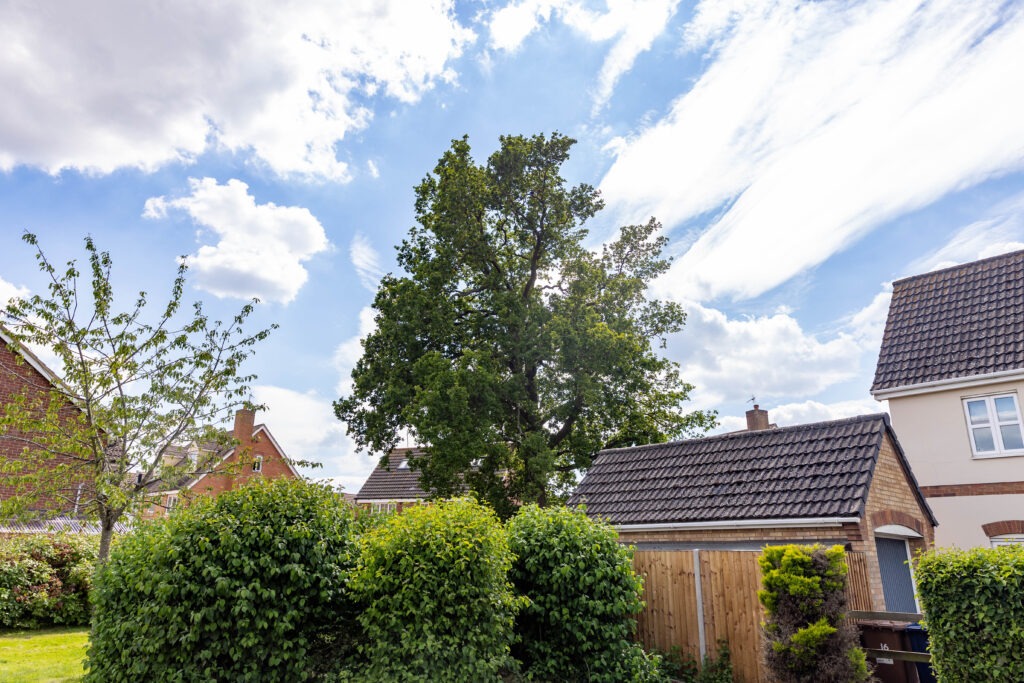
The town council says it’s not against works to manage the tree but not to felling it. And if the district council does allow it “the felled tree must be replaced”.
A report on the Fenland Council website contains an assessment from Environmental Services on behalf of Lloyds Bank who examined the nearby 2 storey semi-detached house and says damage is “attributable to clay shrinkage subsidence exacerbated by vegetation”.
It says: “With due regards to specifies profile, size and proximity, the oak (tree) is considered the dominant feature proximate to the focal area of movement and accordingly where vegetation is confirmed as being causal, we have identified them as the primary cause of the current subsidence damage.
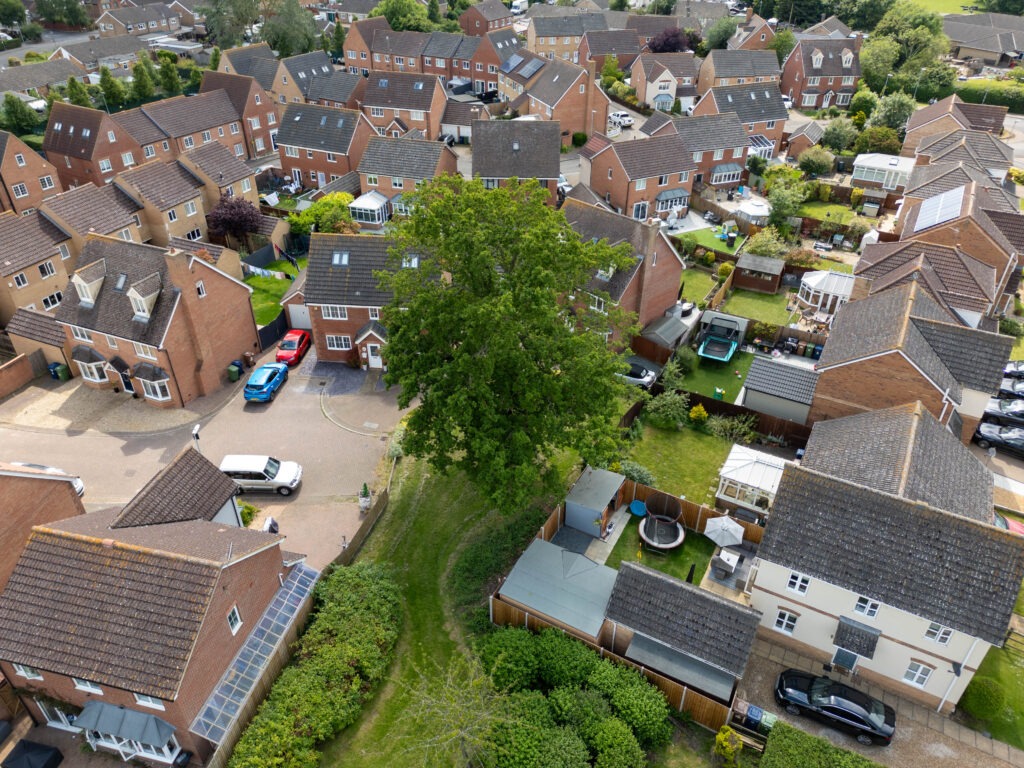
“The size and proximity of the above vegetation if consistent with the advised location of the damage and it is our opinion, on balance of probability, that roots from the above vegetation will be in proximity to the footings of the insured property.”
Their report adds: “We have advocated the complete removal of the oak (tree) as it will offer the most certain arboriculture solution likely to restore long term stability.”
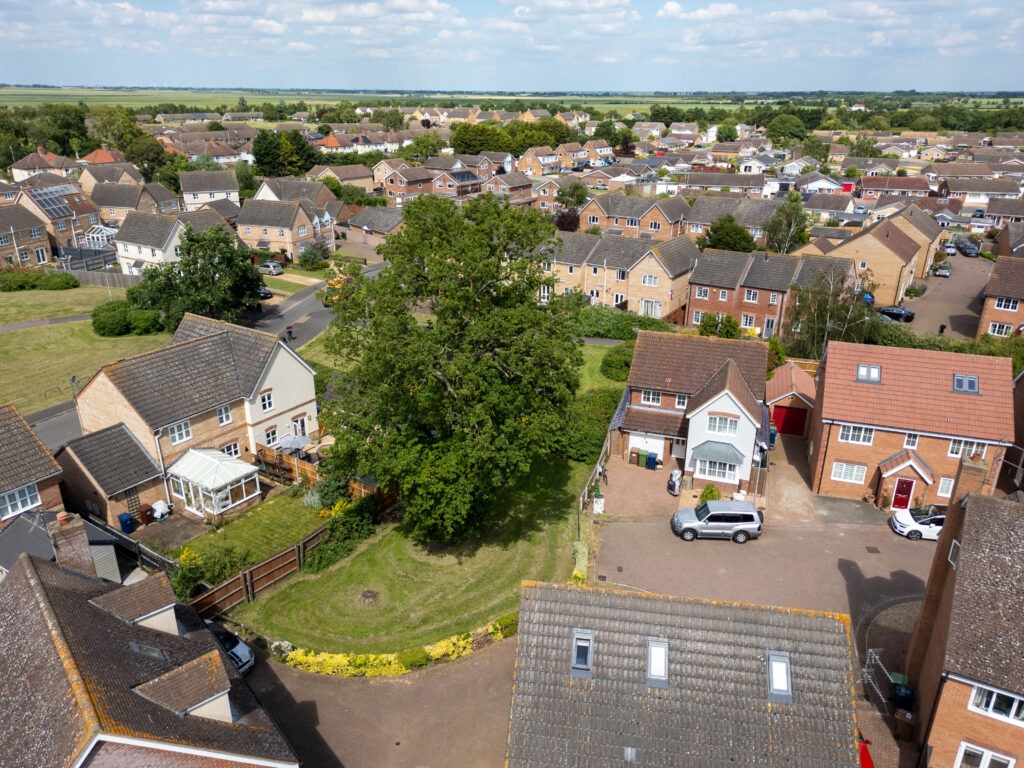
However, the report says the impact on the wider public amenity should be mitigated by presence of further trees “and the scope for replacement planting”.
One of many opposing letters to Fenland District Council reminds them that the tree is over 55 years old “probably much older; the houses in Bridle Close were built in the early 2000’s.
“Not the property owner’s fault; developers squeezing in too many dwellings”.
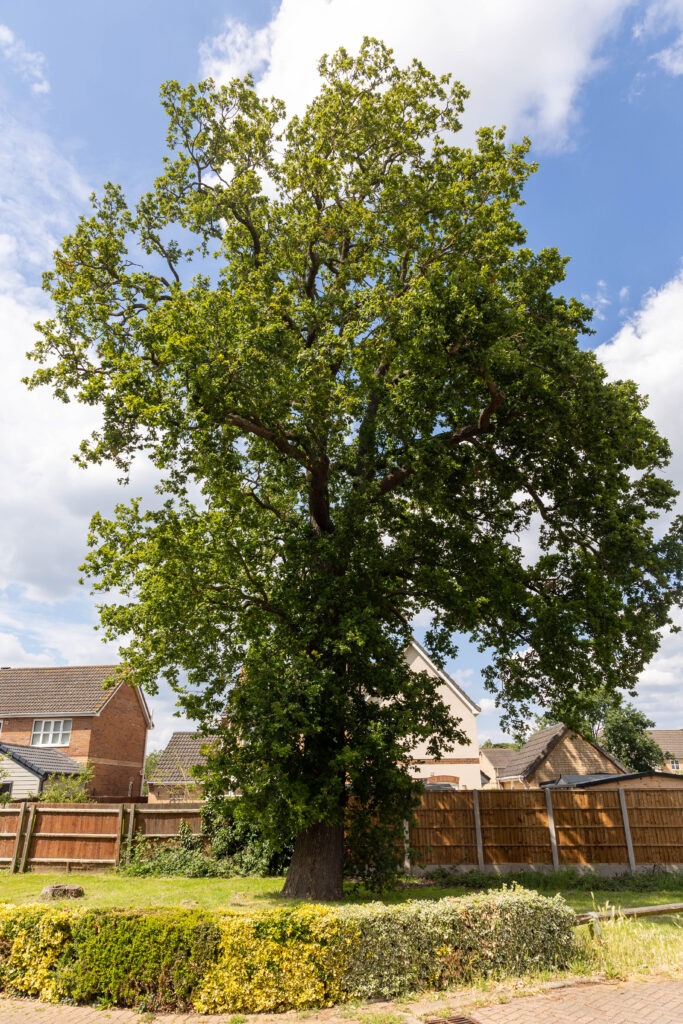
Dozens of Chatteris residents have written to the council echoing this and other reasons for allowing the tree to be felled.
Rebekah told the council: “The house was built in the last 20 years with inadequate planning for the tree to stay where it is. The developer should have added suitable mitigations; the tree has been there for a long time and is protected.
“Have further checks been carried out to find out if the tree is indeed causing a problem?
“I’m sure the consequences of removal and subsequent die off of roots will cause far more problems of soil movement and water drainage and impact more properties.
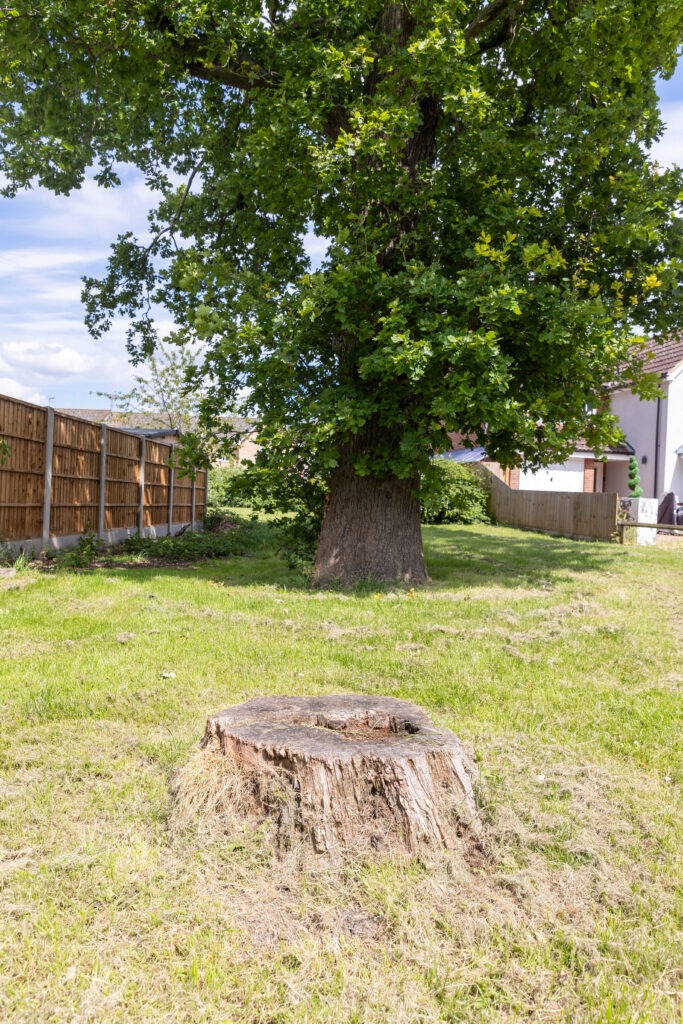
“Chatteris has lost many protected trees already and there needs to be lessons learned for other sites with permission to build very close to veteran protected trees. “We are already a nature deprived town, and it is getting worse.
Emma wrote: “The tree predates the Farriers Gate development by many decades, and its presence should have been taken into account by developers.
“Indeed, the house is built on piles and the insurers report requesting its removal is unable to definitely ascribe the subsidence to tree roots.
“Furthermore, I understand the town council has already their objection to the tree removal.
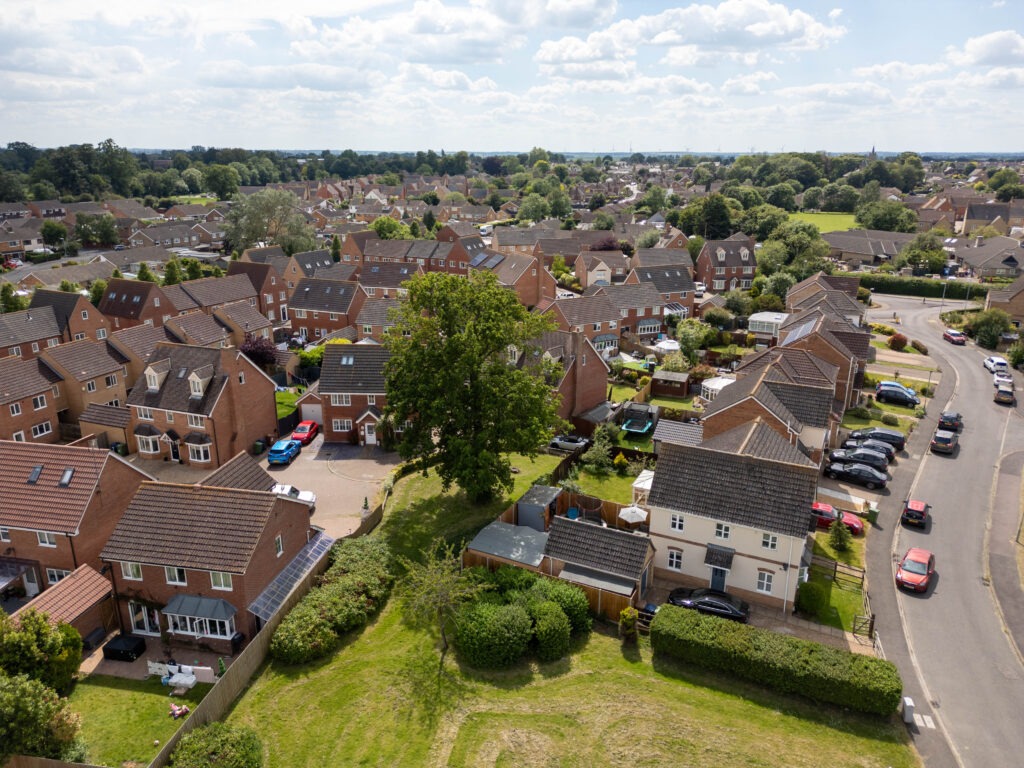
“Chatteris is losing large areas of ancient green spaces and trees, and I believe it would be detrimental to the local environment for it to be removed.”
Valerie said: “This tree was there long before the houses now surrounding it were built.
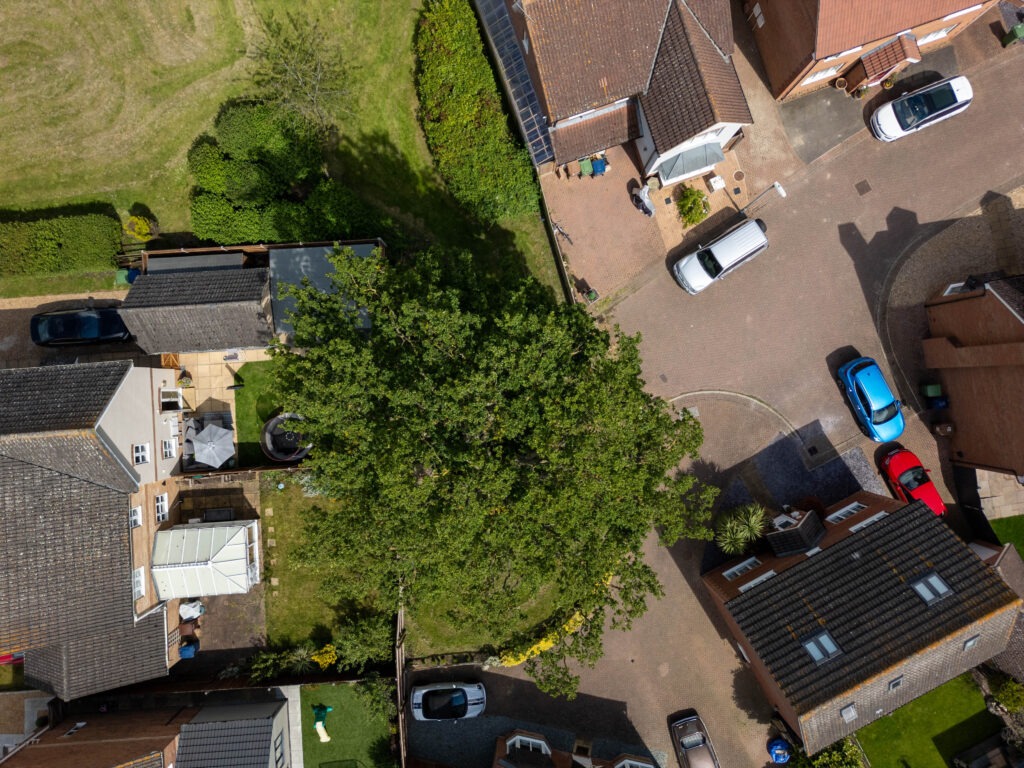
“The developer should have allowed adequate space around the tree, taking into account the (often unfounded) concerns of insurers.
“As far as I can see, the insurers who wish the tree to be felled have not provided evidence that the tree is the cause of the problem.
“Chatteris has lost too many TPO-protected trees (and green spaces) already and I absolutely protest against the felling of yet another.
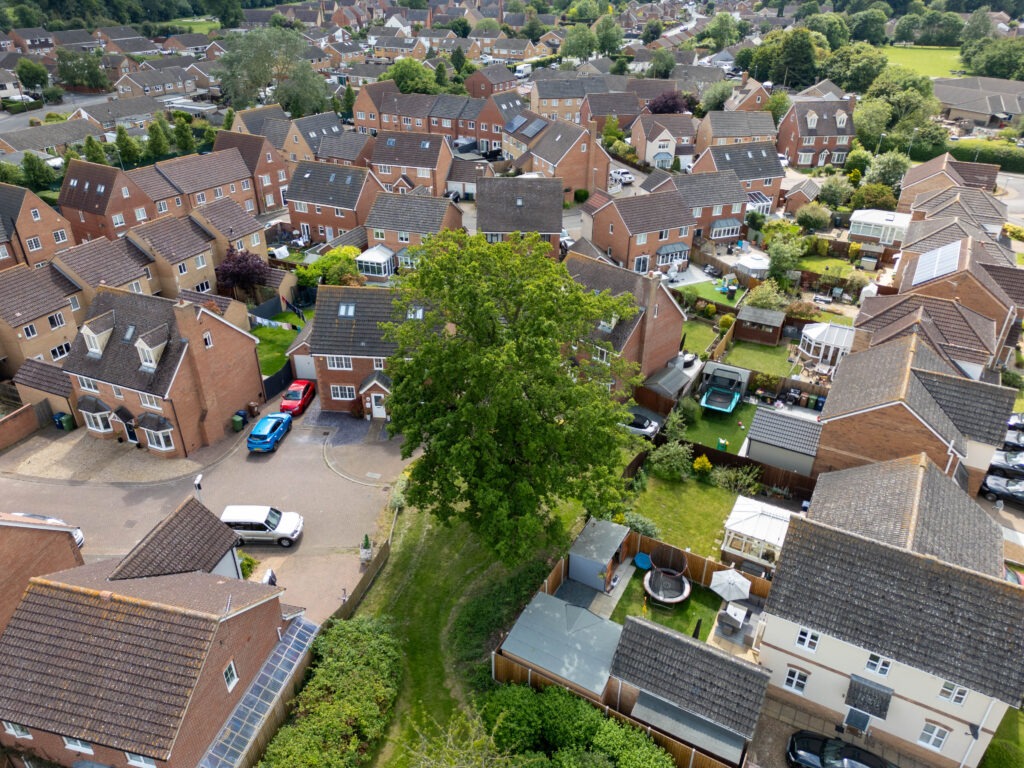
“It just gives developers the green light, in future developments, to build too close to existing TPO trees if they know that the trees will simply be felled if problems arise later.
“Trees, as we all now know, are vital in the fight against climate change, and it’s vital that developers respect them and that they are not felled because a developer has been allowed to build too close to them.”
Julie wrote: “I strongly object to the felling of this tree on two counts. Firstly, it is subject to a Tree Preservation Order. Seems to me that’s a legal order to preserve the tree, otherwise it’d be a Tree Preservative Request.
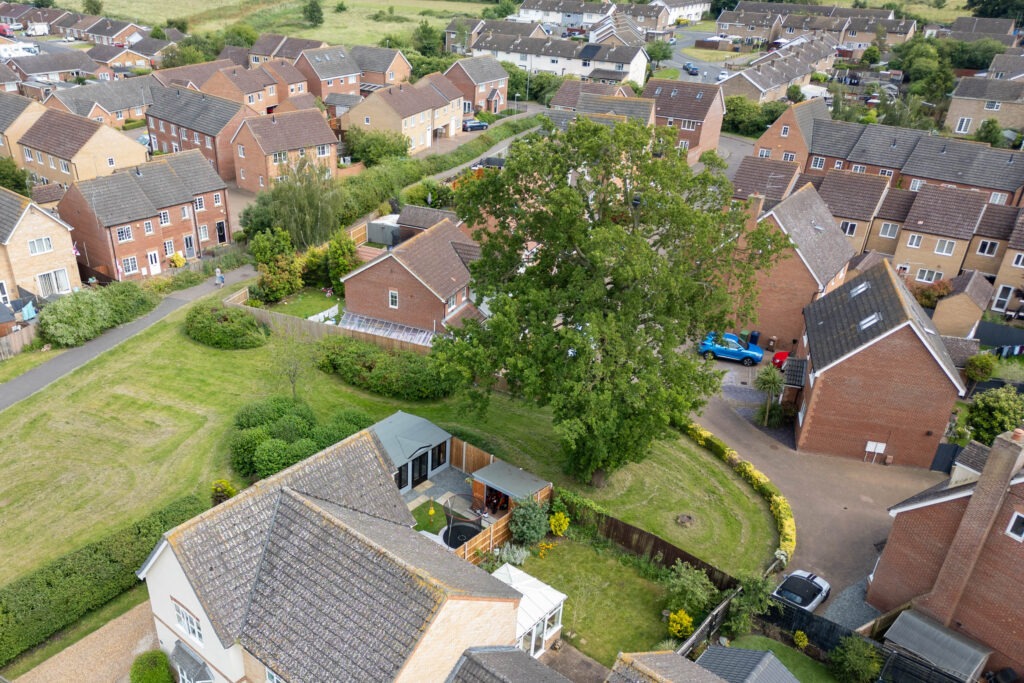
“A TPO either means something or it doesn’t. Disregarding them is therefore not an option.
“Secondly, the tree was there long before Farriers Gate was built. The developers made a fundamental mistake by building too close to the tree. Their mistake. If the answer is to chop down the tree, there’s no incentive for future developments to be properly carried out.”
Vince wrote: “The oak tree is protected under the Town and Country Planning Act 1990, sections 197-214d. This tree predates the nearby house, built within the last 20 years, and should have been protected by the developer.
“The tree has significant amenity value, which the TPO aims to safeguard. The National Planning Policy Framework (NPPF), paragraph 180(c), states that loss of irreplaceable habitats, including veteran trees, should be wholly exceptional.
“The insurance company’s report does not conclusively prove that the tree is the definitive cause of the structural issues. There has been no thorough investigation into the failure of initial protective measures.
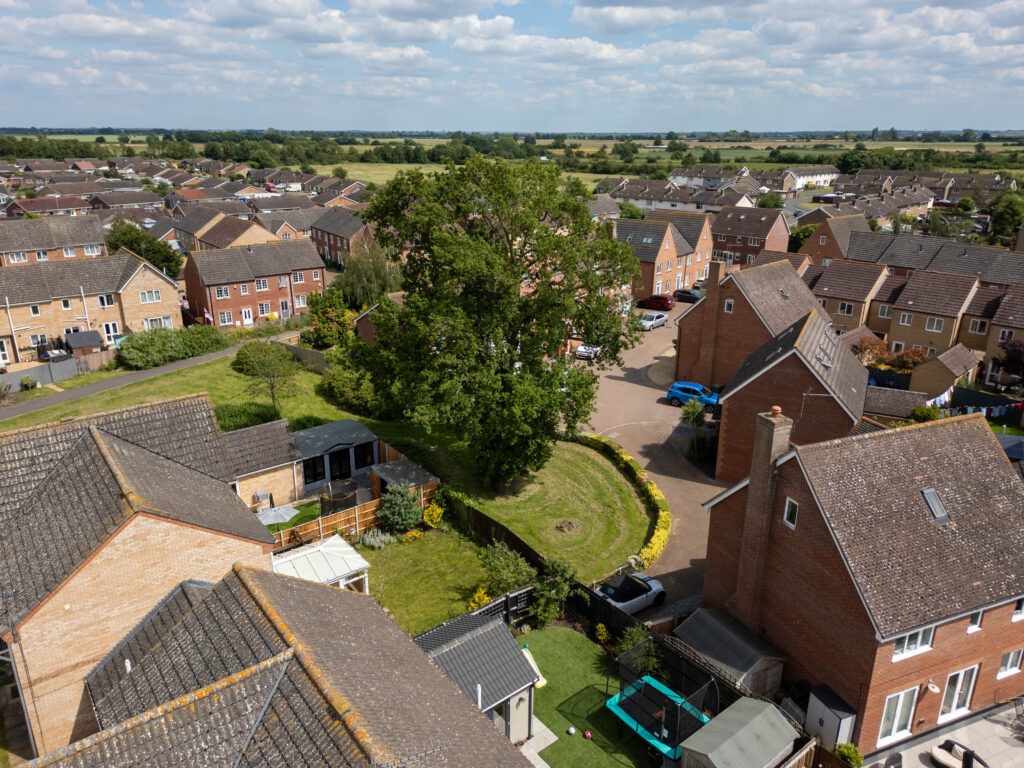
“The evidence does not meet the high threshold required for removing a TPO-protected tree.”
He added: “The proposal does not include a replacement plan, contravening the Town and Country Planning (Tree Preservation) (England) Regulations 2012, which encourage replacement planting.
“Given that Chatteris has lost about half of its TPO-protected trees, maintaining and replenishing tree stock is crucial.
“Failure to replace the tree undermines the purpose of TPOs.”
Vince concluded: “The removal of the oak tree negatively impacts the local community, as reflected in Chatteris Town Council’s opposition and civic society research.

“The Localism Act 2011 mandates that local authorities consider community views and ensure planning decisions reflect local priorities.
“As the applicant, FDC must ensure its proposal is rigorously scrutinised. The inherent conflict of interest requires a transparent process to maintain public trust and comply with legal standards.
“In conclusion, the proposal to remove the TPO-protected oak tree does not meet legal and evidentiary standards.
“The lack of conclusive evidence, absence of a replacement plan, and significant public opposition all argue against granting permission for its removal.”
Fenland Council Planning
F/YR24/0450/TRTPO | Fell 1 x Oak tree covered by TPO 1/1967 | TPO Land South Of 16 Bridle Close Chatteris Cambridgeshire


